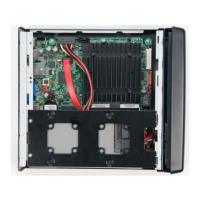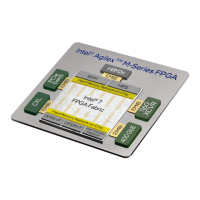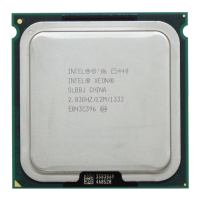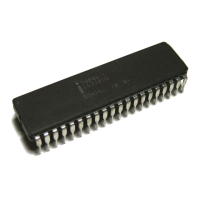4
Component Information
The Intel
®
Atom
TM
Processor D2700 and NM10 Express Chipset used on the Intel
®
Embedded Board D2700 include the following component stepping, identifiable by
associated S-Spec numbers:
Ordering Information
The name of this Development Kit is the Intel® Atom™ Processor D2700 with Intel® NM10
Express Chipset Development Kit. This document is the user guide for this Kit.
For ordering purposes, the part number of the Kit is EMBCDTNMCCDVK
MM# 920352.
The product brief and other collaterals for the platform based on the Intel
®
Atom
TM
Processor D2700
and NM10 Express Chipset can be downloaded at:
http://www.intel.com/p/en_US/embedded/hwsw/hardware/atom-n2000-d2000/hardware
This kit comprises a chassis, peripherals, cables, and an Intel® mini-ITX sized Embedded Board
D2700 which includes the two Intel devices which comprise the platform -
processor D2700 and Intel® NM10 Express chipset. In addition, this kit also includes an SSD (Solid
State Disk) for the Operating System Image, and a USB Stick for additional components, and tools.
Download from Www.Somanuals.com. All Manuals Search And Download.
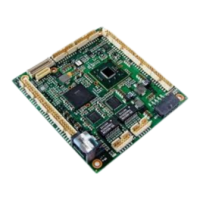
